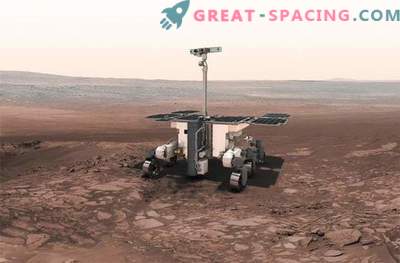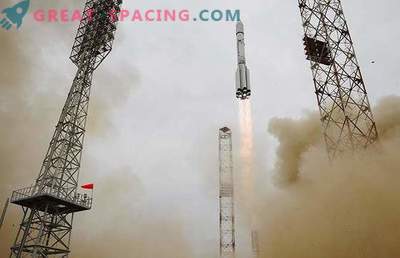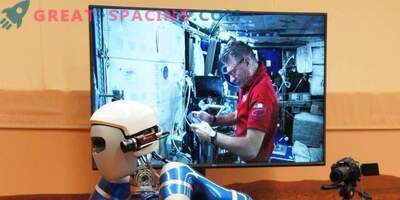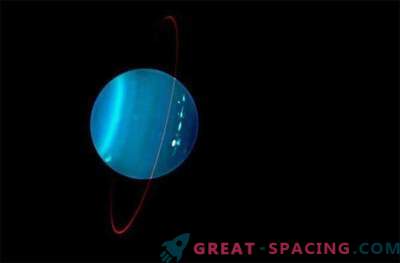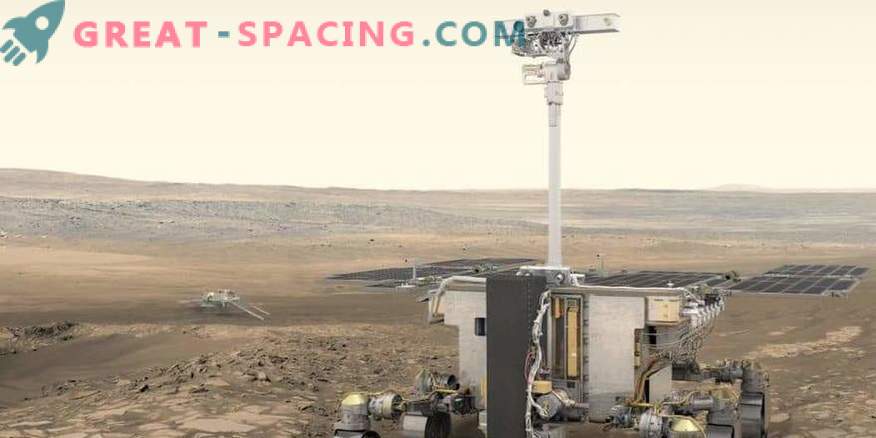
Artistic vision of the ExoMars rover (ExoMars) shown in the foreground and the Russian scientific platform (background)
To understand the composition of things in everyday life you have to touch them. However, powerful scientific technology copes with this task with the help of lasers. After 2 years they will be in space for the first time.
Researchers working with the European Space Agency (ESA) are studying how lasers can be used in future space missions.
For example, you miss a laser into a material of interest to science. Then measure how much its color has changed when scattered from the surface in order to identify the molecules responsible for the process.
This is an excellent method that has received high recommendations in all areas - from safety and pharmacology to the history of art. Not without lasers and in laboratories.
ExoMars rover will be endowed with the first laser technology in 2020 to find potential biomarkers of past or modern Martian life, as well as remnants of the minerals of the warm and humid past of the planet. First, the laser will shoot at the collected samples, but later you can use it for distances of hundreds of meters. To improve the technology, we did a lot of work on Earth. For example, they searched for explosives with lasers, like nuclear materials. This required a powerful pulsed laser and a sensitive synchronized camera searching for reflected light.
After testing in-flight technology, it will be possible to study subsequent improvements for space missions. Of course, there are limitations on mass, volume and data retransmissions when it comes to use on other planets.
Before developing it is important to understand how well the device will work in various configurations. For example, instead of creating sophisticated remote sensing devices, you can optimize existing cameras.








